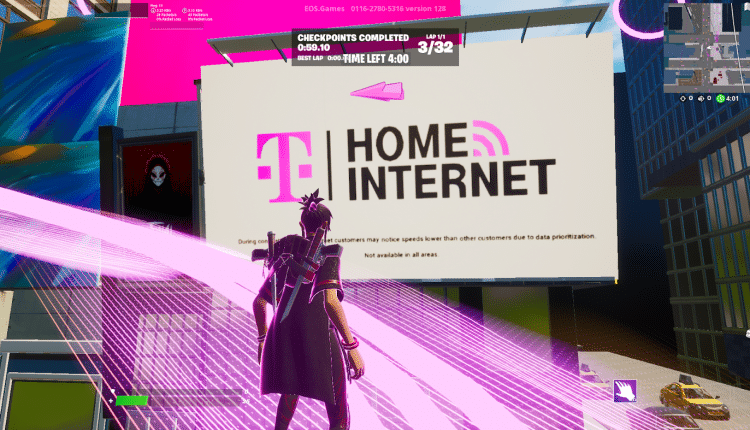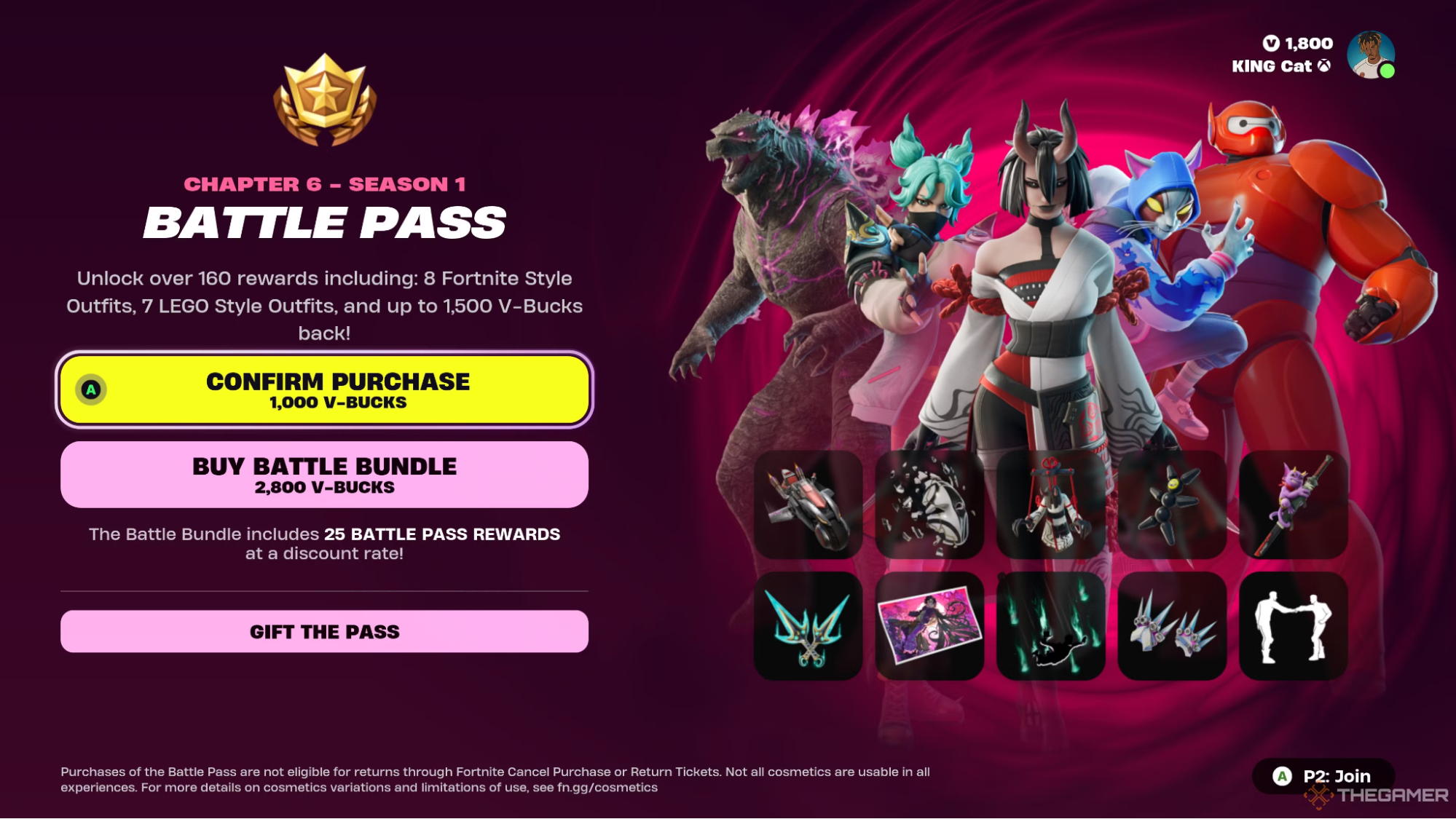


The video game industry is a financial titan, boasting an impressive annual value of $455 billion. However, behind this mammoth figure lies a sophisticated ecosystem of revenue-generating strategies that convert player engagement into profit.
Today's games employ multiple monetization approaches simultaneously, creating complex economic models that support development while (ideally) improving the player's experience, but with so many to choose from, which are best, and which are used? In this article, we’ll take a deep dive.
Think of games like Skyrim or Red Dead Redemption. They’re part of the pay-to-play model, where consumers purchase the game outright.
To this day, pay-to-play remains popular; just take a look at Steam. However, it increasingly competes with other monetization approaches as game developers operate in a landscape where a single strategy rarely suffices.
These days, gaming companies typically blend several revenue streams, particularly in free-to-play titles. These games remove the initial purchase barrier but integrate alternative monetization methods, such as in-game advertising, microtransactions, downloadable content, and tiered extras like season passes.
Free-to-play (F2P) games like RuneScape have revolutionized the industry by removing upfront costs while introducing alternative revenue mechanisms. This model gained particular traction in Asian markets, where players often access games through internet cafés rather than purchasing full-price titles.
This model was incredibly successful. For instance, when ZT Online debuted in China in 2007 with a free-to-play model with purchasable loot boxes, ZT earned more than $15 million monthly during its first year. The success of this model illustrated how large returns could be made with microtransaction models, and soon, the entire industry followed suit with mass adoption.

In-game advertising is a pillar of contemporary video game monetization, especially for mobile games. This form of advertising is incorporated into the game mechanics without interfering with the user experience. The most advanced in-game advertisements are perceived as part of the game world rather than disruptive intermissions.
Conversely, reward-based advertising provides an alternative solution. This model rewards players with bonus lives, currency, or power-ups for watching an advertisement. The model creates a two-way benefit: Players get something concrete within the game, and publishers gain ad revenue.
Microtransactions have become the economic backbone of gaming, enabling users to buy digital goods with actual money. They typically fall into two categories:
Cosmetics enable players to customize their experience without influencing game mechanics. Character skins, custom animations, and decorative items make players stand out within multiplayer environments without giving them an unfair advantage. Popular games such as League of Legends and Fortnite have created billion-dollar companies based mainly on these cosmetic purchases.

Items that influence progress through the game are controversial. Examples range from experience point boosts and extra game currency to items that enhance characters' performance. Game publishers must do this cautiously because an item considered too powerful can make the game pay-to-win, driving non-paying players away.
Loot boxes are gaming's most contentious monetization technique. They’re basically virtual containers that yield random goods upon opening. Loot boxes typically require bought keys or currency to be accessed, with the first concept originating with MapleStory and Team Fortress 2. However, with their random component, loot boxes have been likened to sweepstakes gaming experiences or gambling, prompting regulatory concerns worldwide.

Once limited to MMORPGs such as World of Warcraft, subscription models are now found across game types.
Mobile game subscriptions have demonstrated tremendous growth, with spending through the App Store rising 73% between 2019 and 2021 and Google Play seeing a 152% increase during those two years.
Contemporary subscription models offer subscribers unique content, premium features, or an ad-free service. They offer publishers stable revenue streams while providing players with improved value without uncertain, random purchases.

Made popular through Fortnite battle passes, battle passes are a cross between microtransactions and subscriptions. Players buy them as limited-time progress systems and earn them through in-game progression through challenges or experience points. The model supports ongoing gaming and offers a guided reward pathway with predictability.
Most successful monetization methods find a balance between revenue and player happiness because heavy monetization may produce short-run profitability at the cost of player abandonment. More and more publishers see sustainable revenue as a function of designing fair systems that enrich and do not exploit the gaming experience.
Electronic Arts offers a good example of both methods. EA earns billions of dollars through add-on content purchases ($4.46 billion last fiscal year) but was met with outrage for including loot boxes for Star Wars: Battlefront II, leading to boycotts and user abandonment for EA titles, illustrating the line between profitability and consumer goodwill.